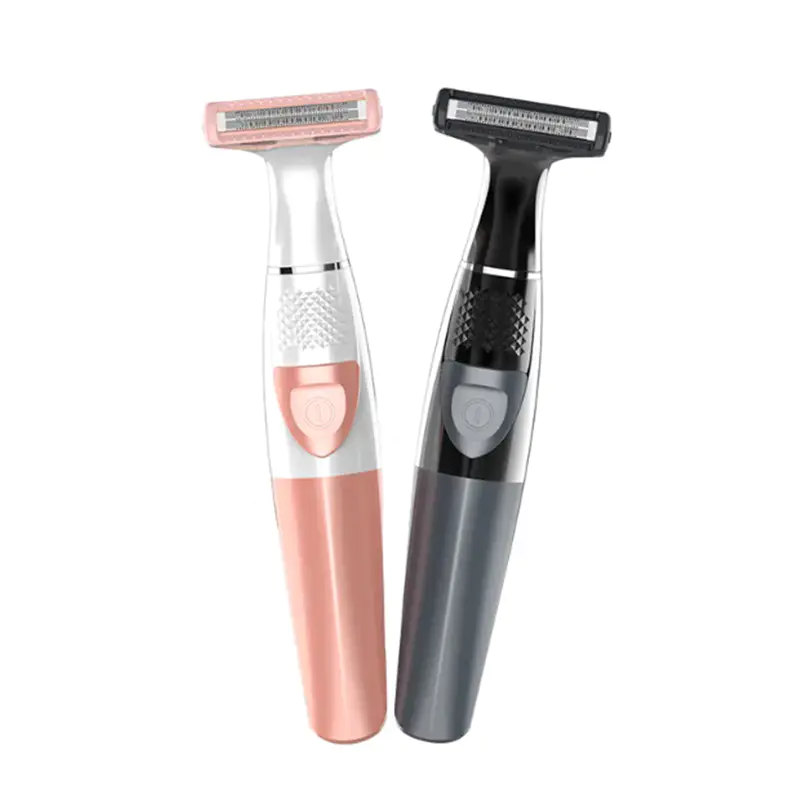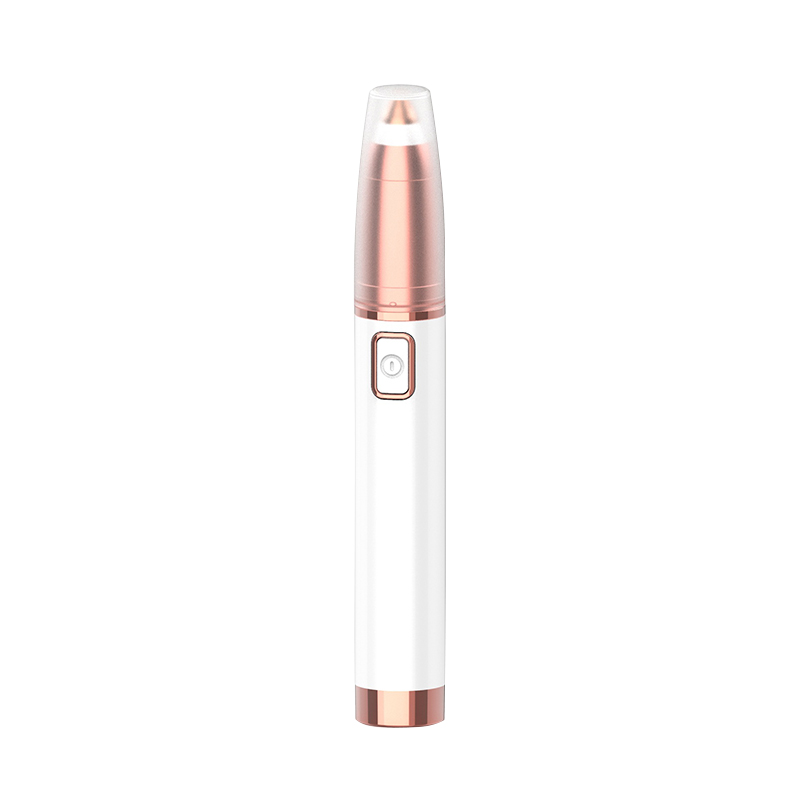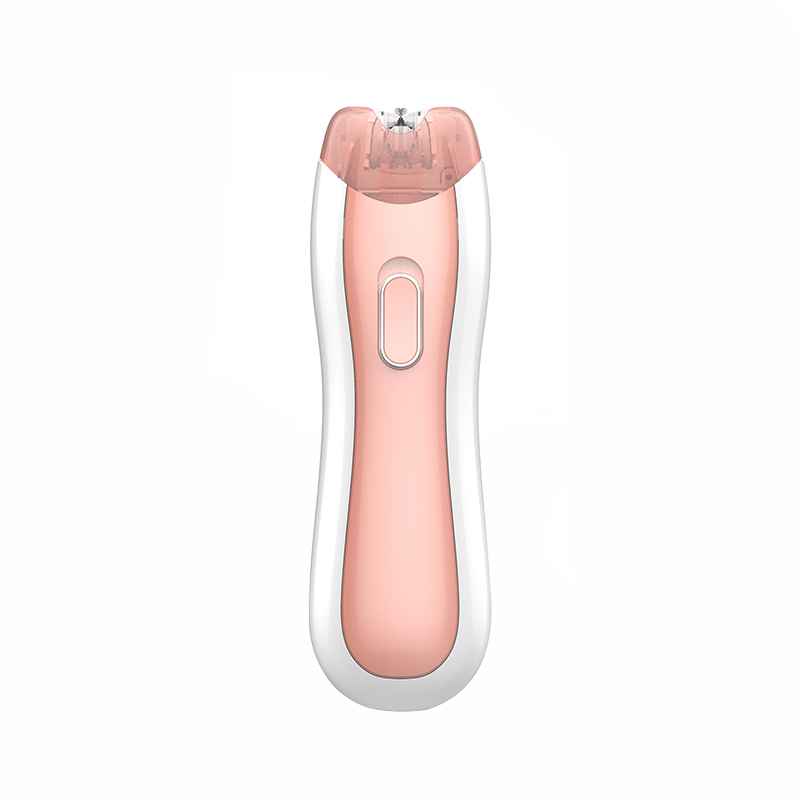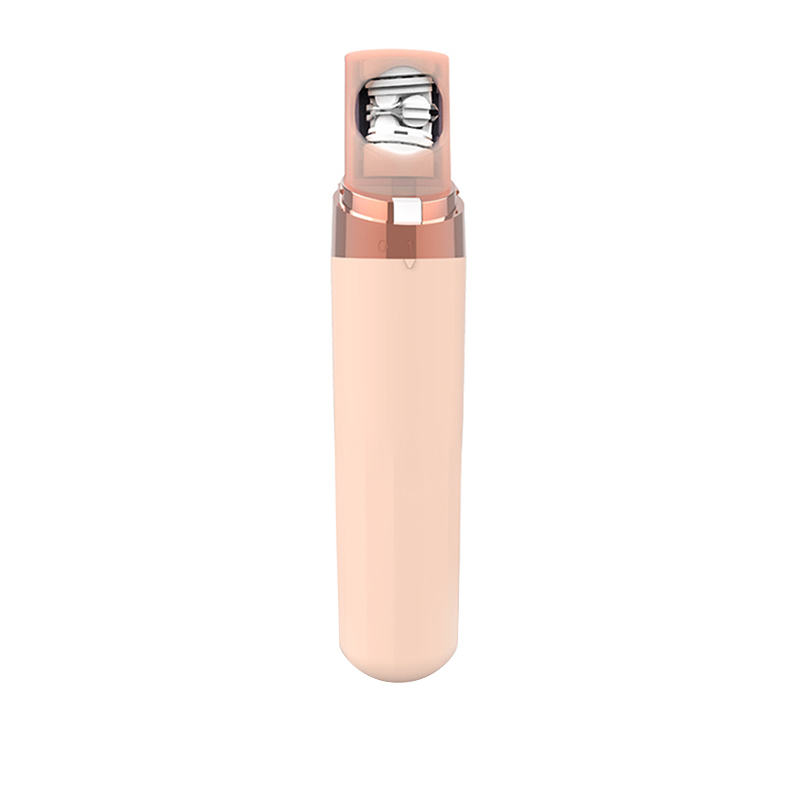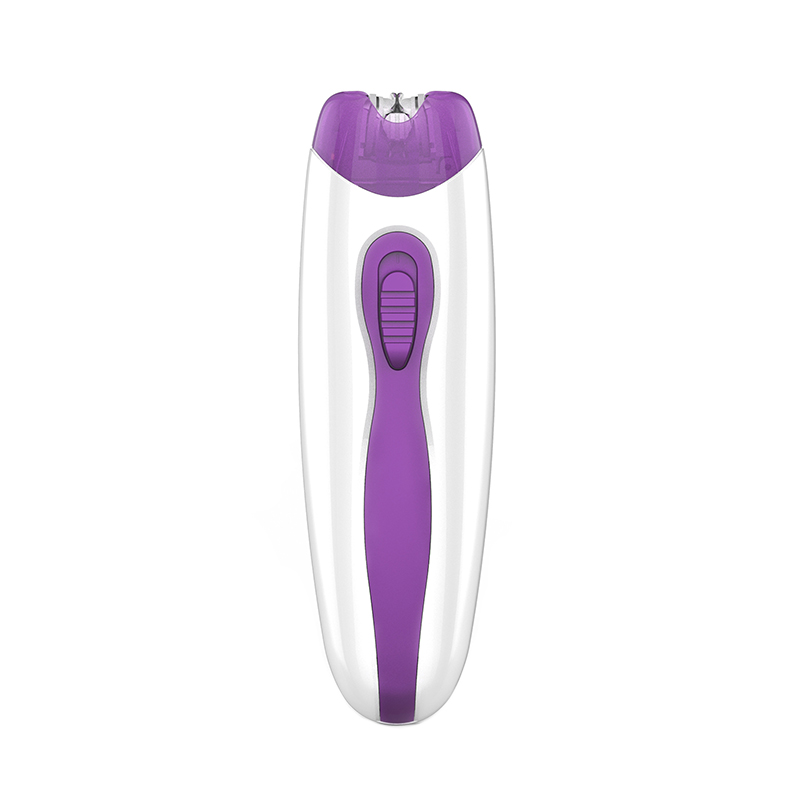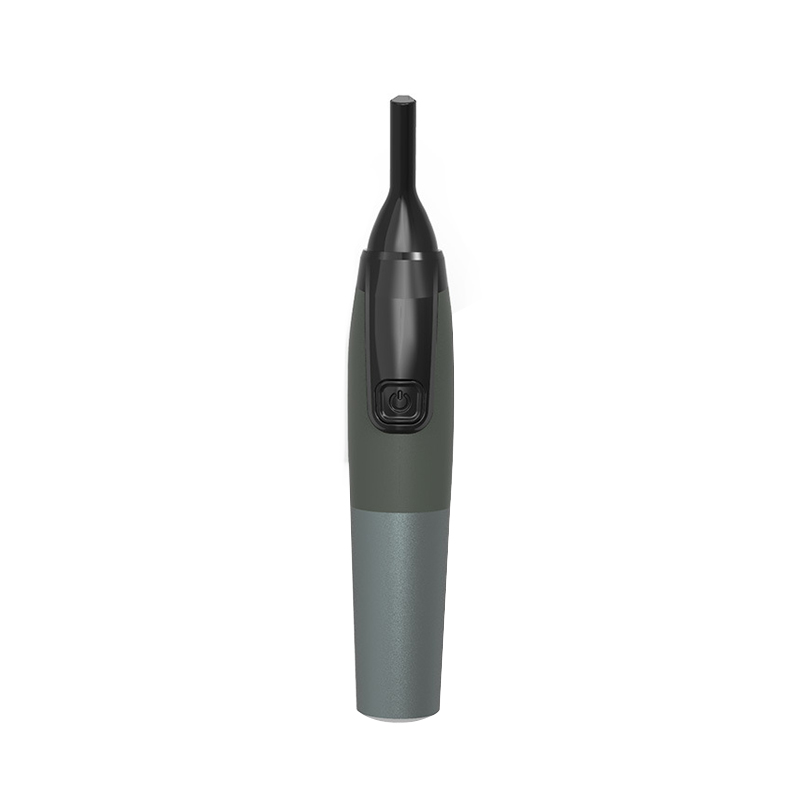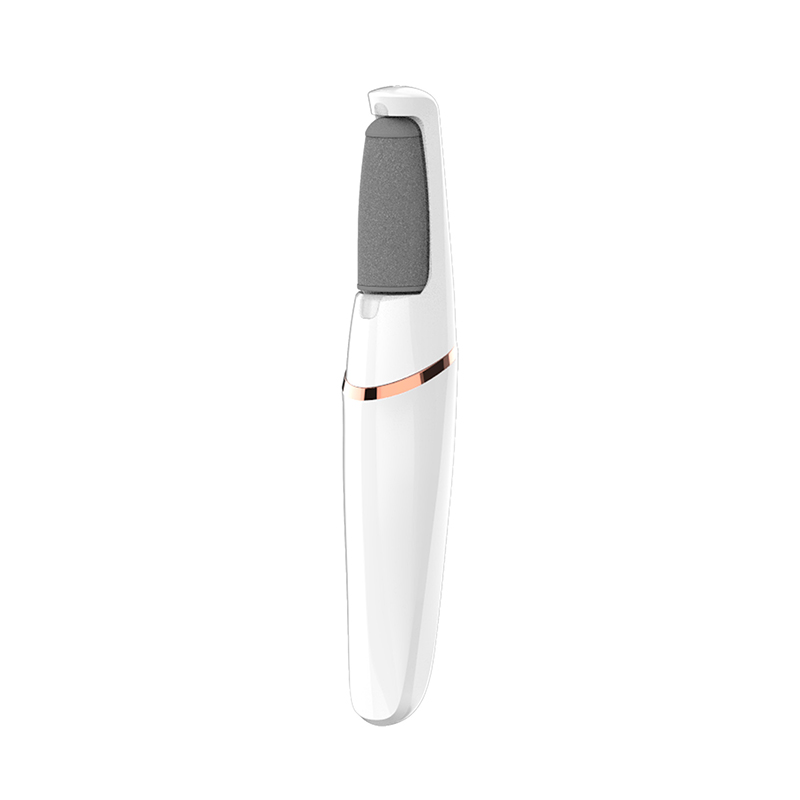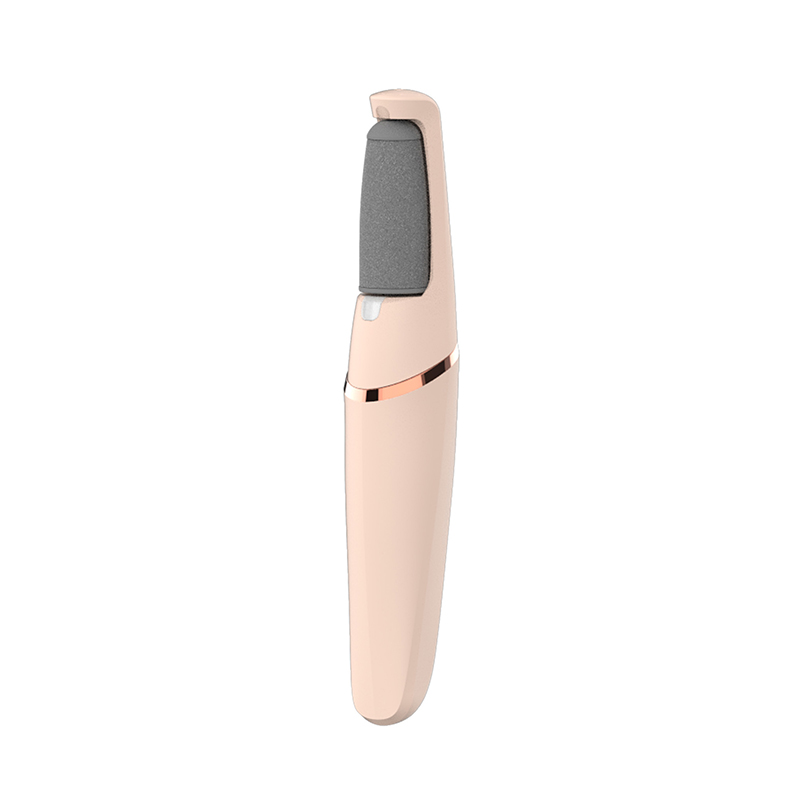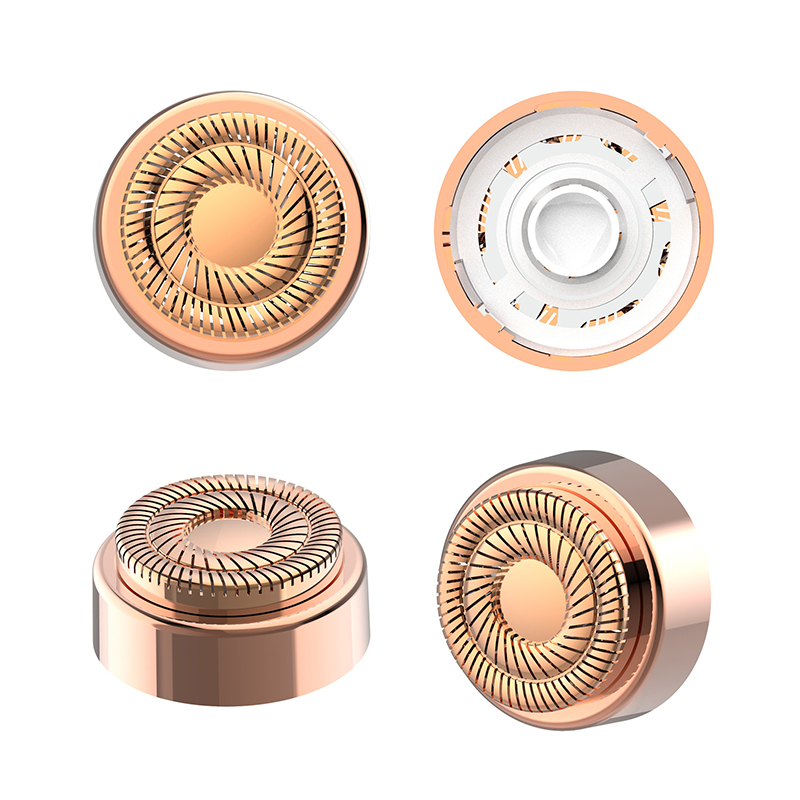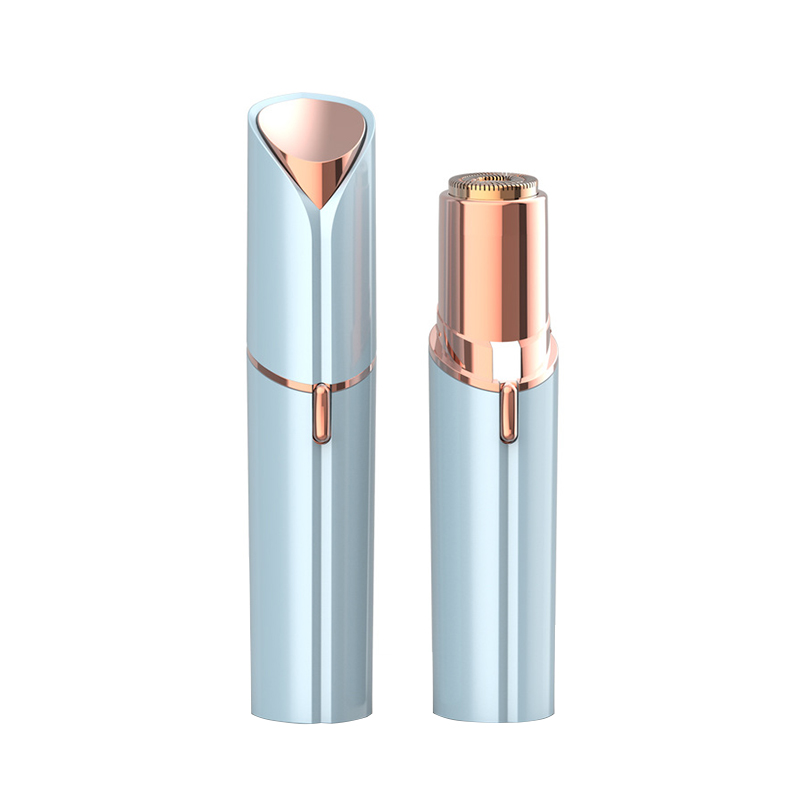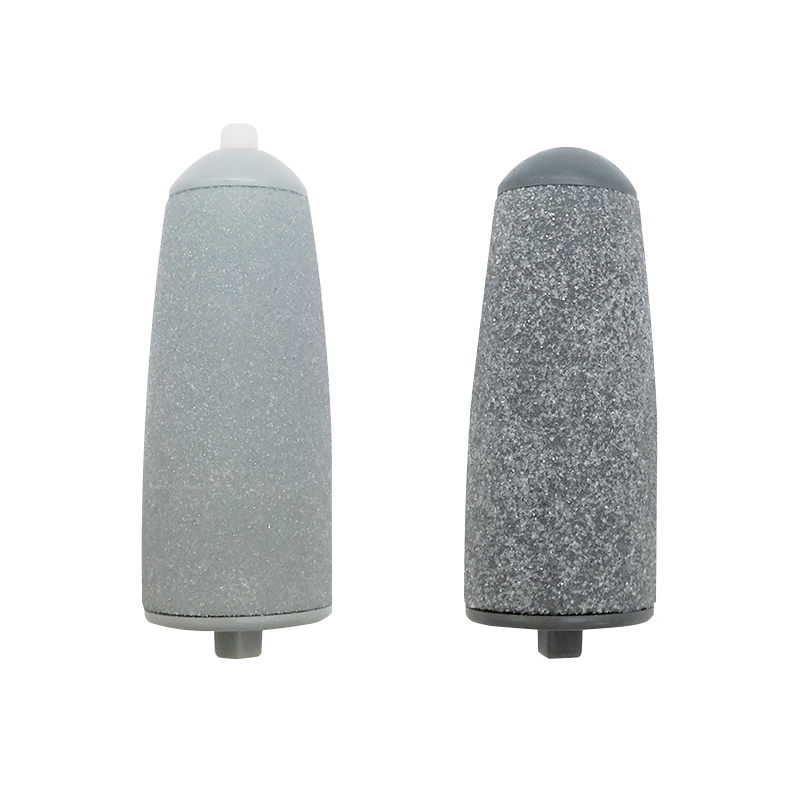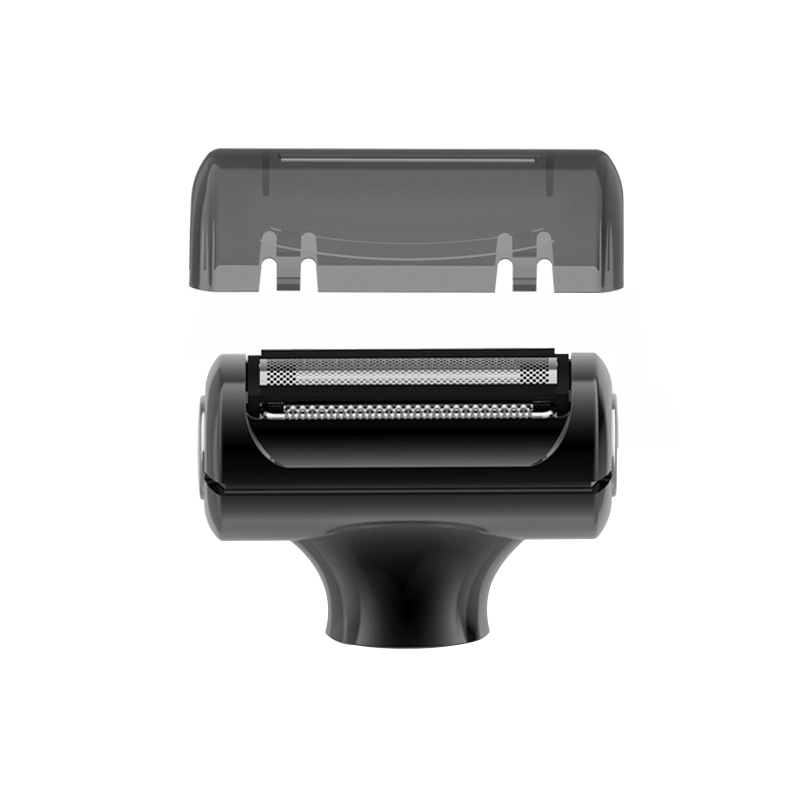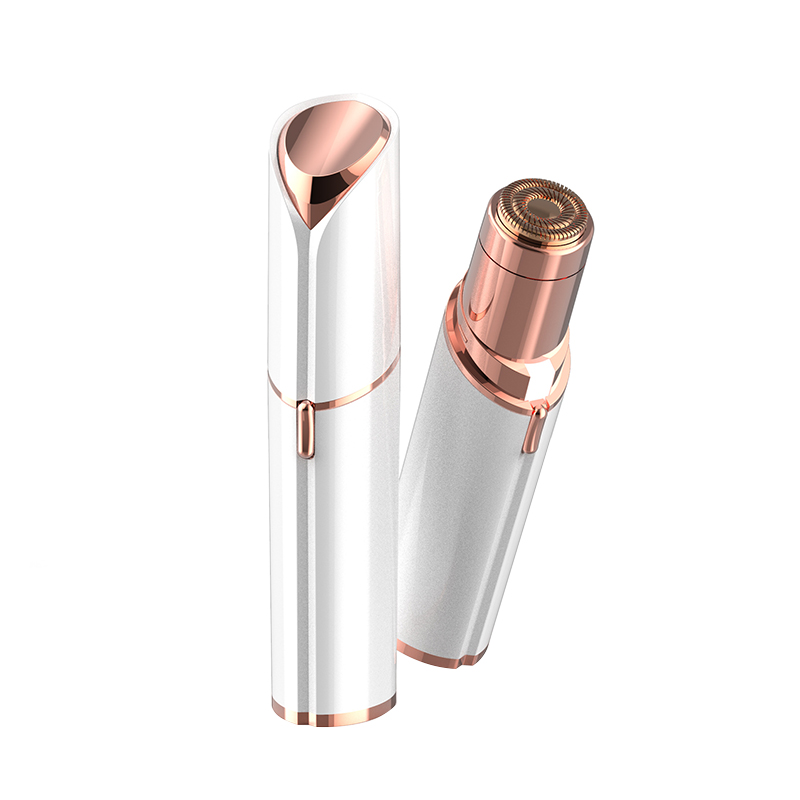The Question: With the prevalence of at-home facial hair removers (chemical creams, electronic devices), a common query arises: Can these products be safely and effectively used on the sensitive upper lip and chin areas?
The Guidance: Yes, many facial hair removers can be used on the upper lip and chin, but it requires careful selection, meticulous preparation, and strict adherence to instructions. Proceeding without caution risks skin irritation, burns, or unsatisfactory results.
Understanding Facial Hair Removers:
- Chemical Depilatories (Creams/Lotions): These chemically dissolve hair at the skin's surface. Formulations vary significantly in strength and intended use area.
- Electronic Devices (Epilators/Shavers): These mechanically remove hair either by plucking (epilators) or cutting (shavers). Design features like head size and speed settings are crucial.
Key Considerations for Upper Lip & Chin:
-
Skin Sensitivity is Paramount: The skin on the upper lip and chin is notably thinner and more sensitive than areas like legs. It's also closer to mucous membranes (eyes, nose, mouth).
- Chemical Removers: EXTREME CAUTION REQUIRED. Only use products explicitly labeled as safe for the face and specifically the upper lip/chin. Facial formulas are typically milder. Never use body formulations on the face. Avoid direct contact with lips and nostrils.
- Electronic Devices: Choose devices designed for facial use. Smaller heads offer better maneuverability and control on contours. Lower speed settings may be preferable for sensitive skin. Ensure the device head is clean and in good condition.
-
Patch Testing is Non-Negotiable: Always perform a patch test 24-48 hours before full application. Apply a small amount of cream or use the device briefly on a discreet area near the intended treatment zone (e.g., side of the jawline). Monitor for redness, burning, itching, swelling, or rash. Discontinue use immediately if any reaction occurs.
-
Meticulous Preparation and Application:
- Cleanse: Start with clean, dry, product-free skin.
- Precision Application (Creams): Apply a thin layer only to the hair-bearing areas. Use a spatula or applicator stick – not fingers – for precise control near lips and nostrils. Avoid the vermilion border (the colored part of the lips) and nostrils.
- Gentle Technique (Devices): Hold skin taut. Move the device slowly and deliberately against the direction of hair growth. Avoid excessive pressure or repeated strokes over the same spot.
- Timing (Creams): Strictly adhere to the manufacturer's recommended time – never exceed it. Remove immediately if burning or stinging intensifies before the time is up.
-
Post-Treatment Care:
- Chemical Removers: Rinse thoroughly with cool water immediately after the timer ends. Pat dry gently. Apply a fragrance-free, soothing moisturizer or aloe vera gel.
- Electronic Devices: Apply a gentle, alcohol-free moisturizer or calming serum.
- Sun Protection: These areas are sun-exposed. Apply broad-spectrum SPF 30+ daily, as hair removal can make skin temporarily more photosensitive.
Potential Risks of Improper Use:
- Chemical Burns: Over-application, exceeding time limits, or using body formulas can cause significant burns or blisters.
- Skin Irritation & Inflammation: Redness, stinging, itching, and rash (contact dermatitis) are common with sensitivity or improper technique.
- Folliculitis: Inflammation or infection of hair follicles, especially after epilation if skin isn't clean.
- Ingrown Hairs: More common with methods that break or pluck hair close to the skin (depilatories, epilators).
- Pigmentation Changes: Post-inflammatory hyperpigmentation (dark spots) can occur, particularly on darker skin tones following irritation.
Professional Consultation Recommended: For individuals with very sensitive skin, acne, rosacea, eczema, a history of keloid scarring, or dark/thick hair, consulting a dermatologist or licensed aesthetician before using any at-home hair remover on the face is highly advisable. They can assess skin suitability, recommend the most appropriate method (which might be professional laser or electrolysis for long-term reduction), and provide personalized guidance.
Facial hair removers can be a viable option for managing upper lip and chin hair at home, offering convenience and cost-effectiveness. However, success hinges entirely on selecting facial-specific products, rigorously performing patch tests, following instructions with precision, and prioritizing the unique sensitivity of these areas. Proceed with vigilance and prioritize skin health above all. When in doubt, seek professional advice.



